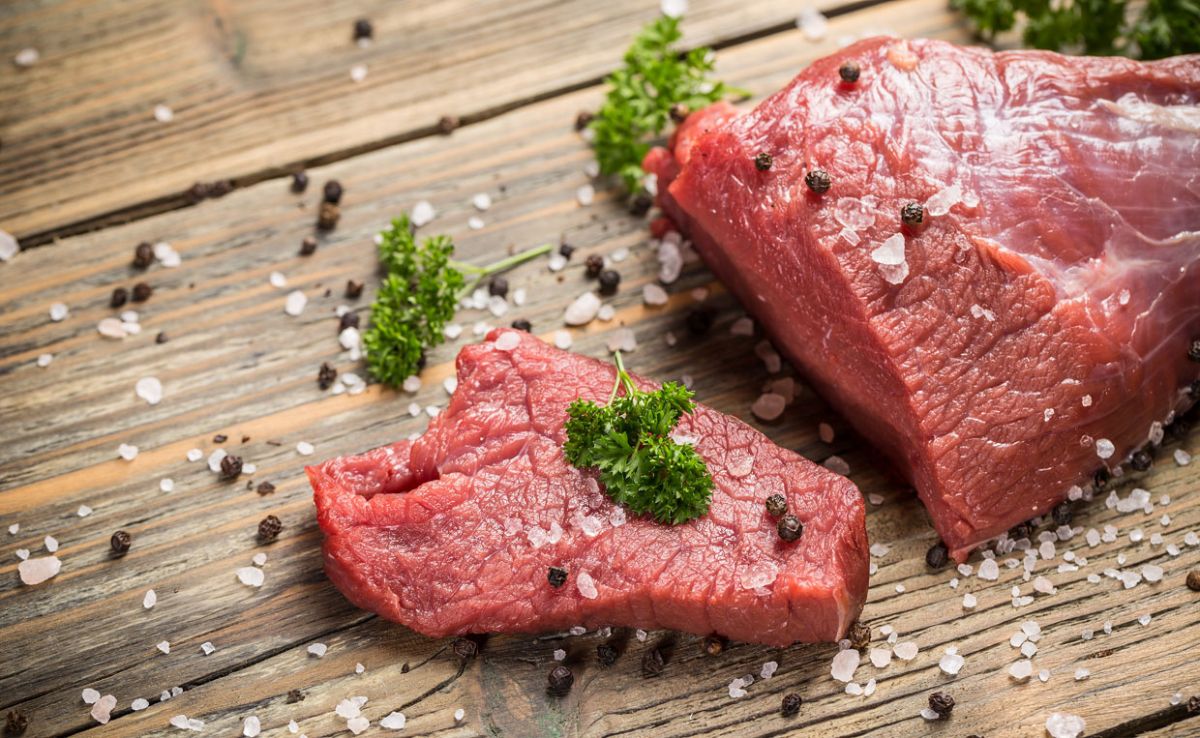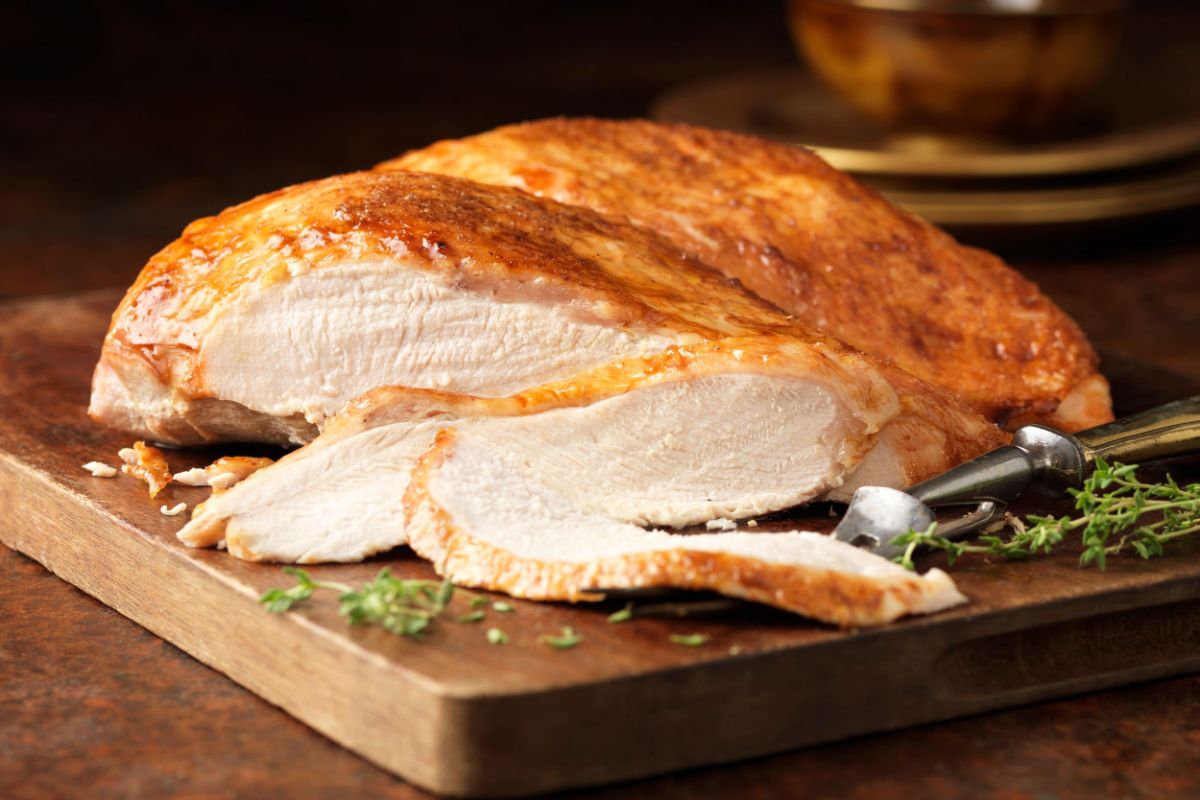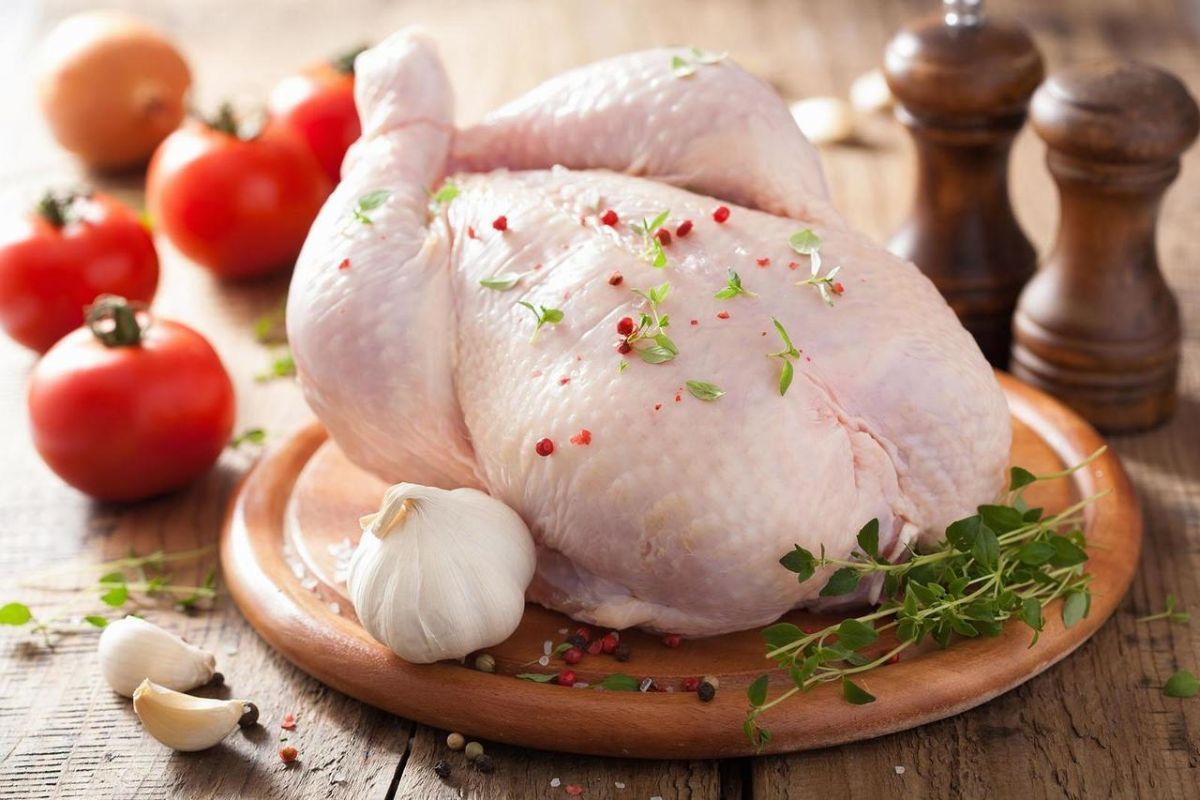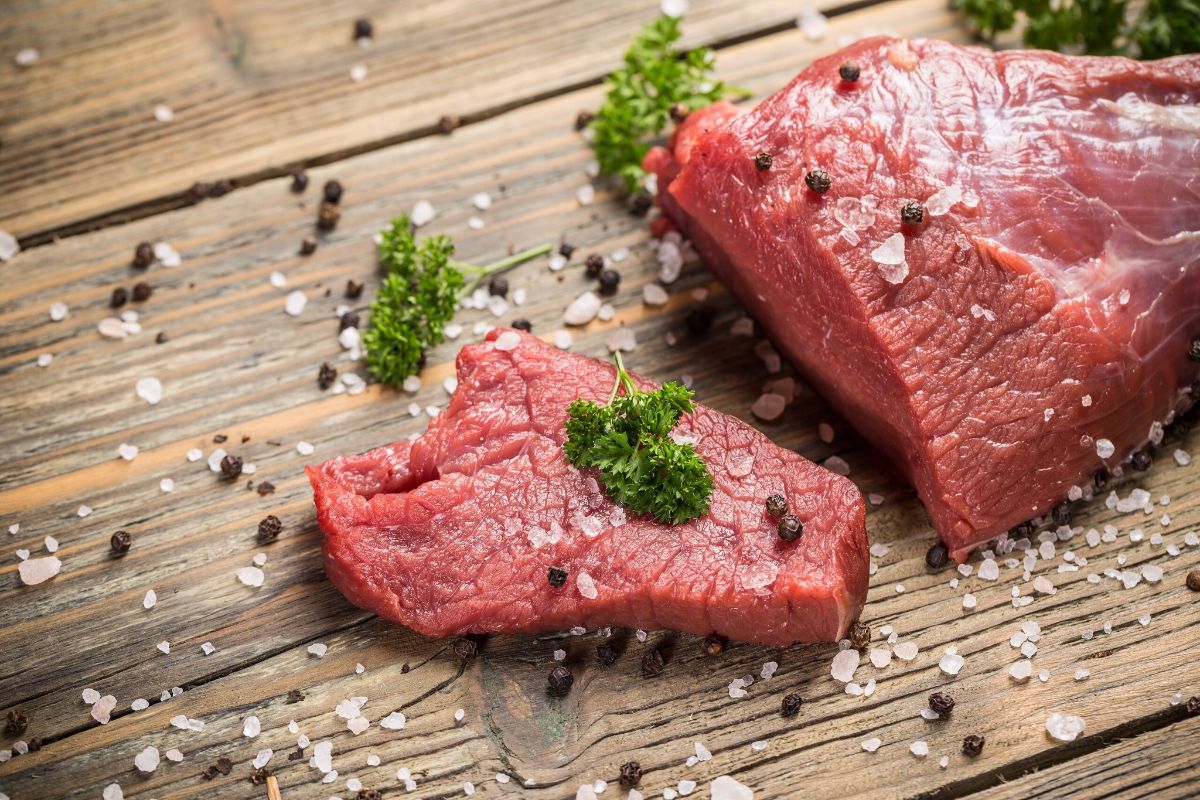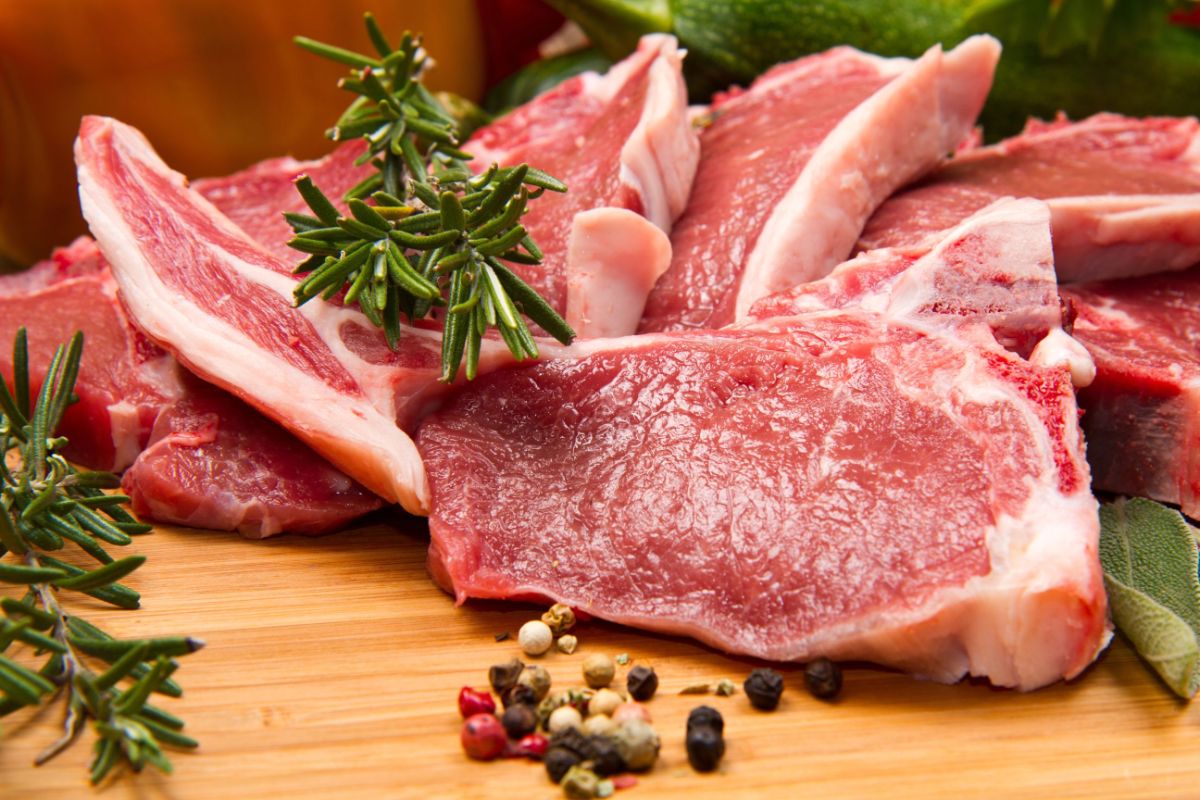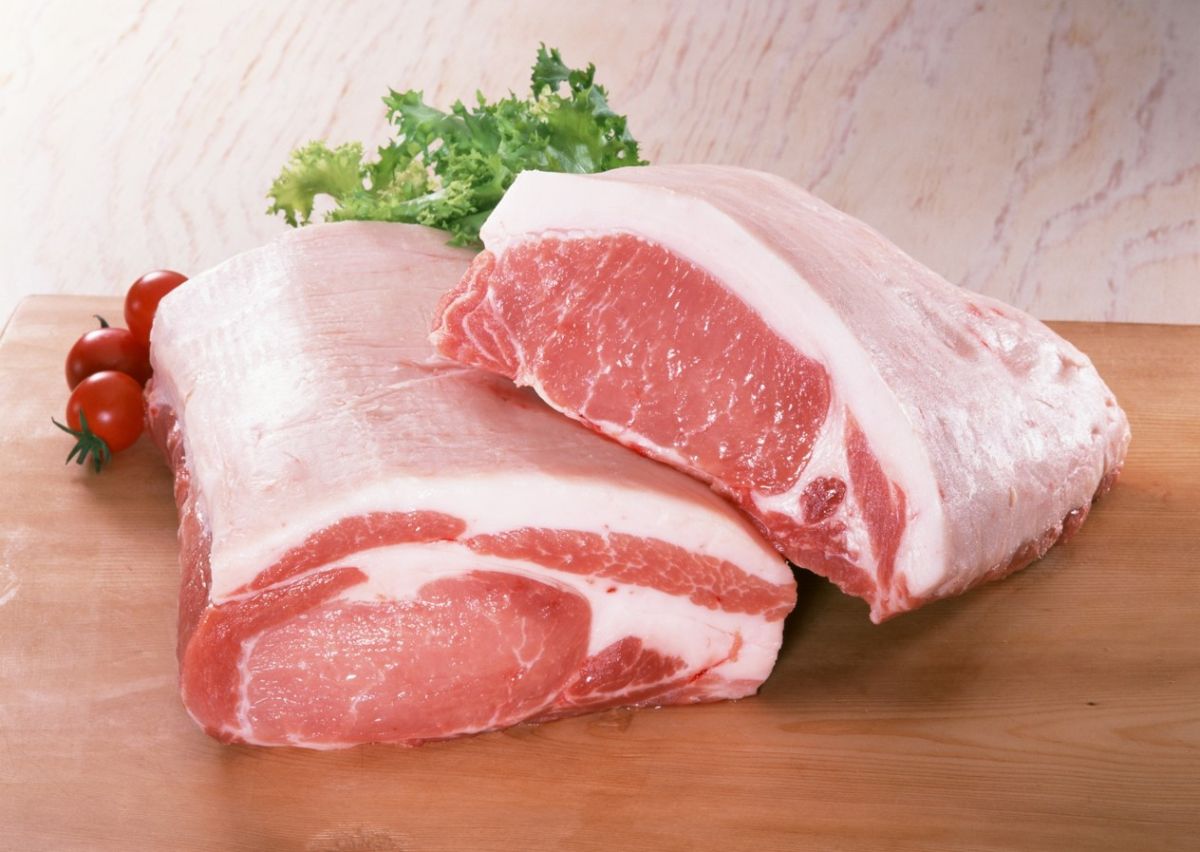Which meat is the most useful for humans – Top 5 types
Meat products remain the basis of the daily diet for most people, as they contain essential proteins and valuable fats, as well as some vitamins and minerals.
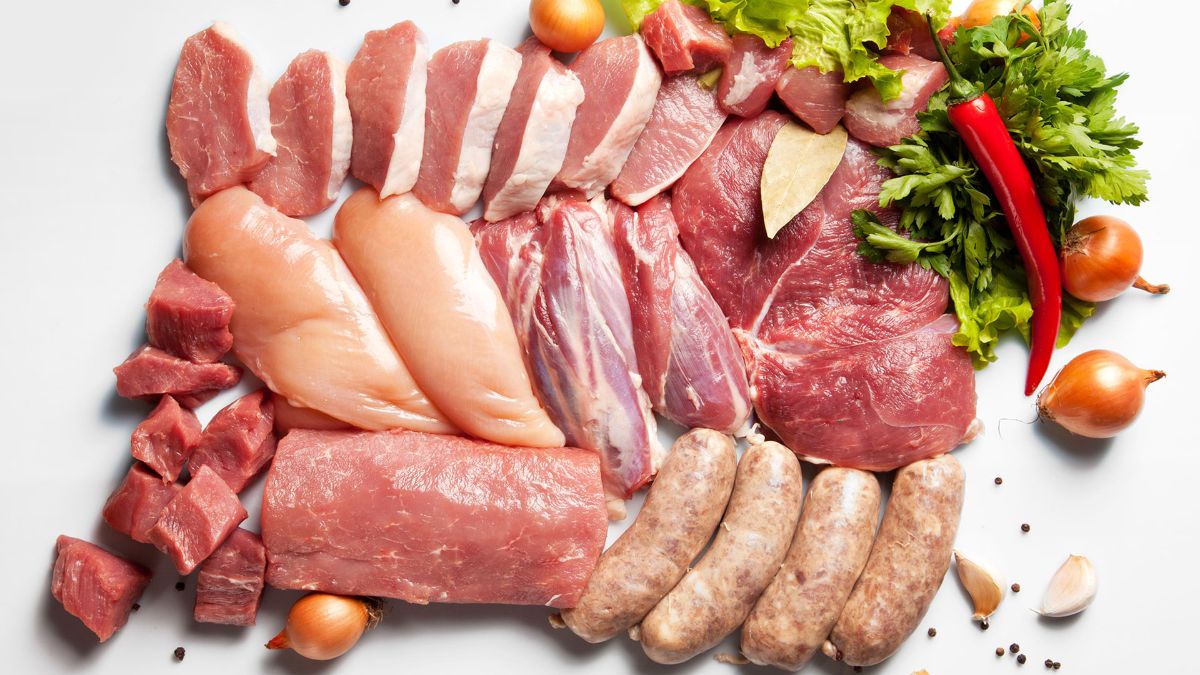
Regular consumption of meat helps to increase the strength of bones and teeth, strengthen muscles, and improve the functioning of the central nervous system and thyroid gland.
However, not all types of meat are equally beneficial to humans.
5 most useful types
Below is a rating of the 5 most useful types of meat according to scientists.
1. Rabbit meat
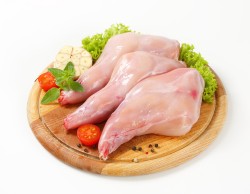 Rabbit meat is the leader in protein content. Their volume, according to the data
Russian scientists, even exceeds that in beef and pork. It is also important to note that rabbit proteins are digested by 90% (for example, beef – by only 60%).
Rabbit meat is the leader in protein content. Their volume, according to the data
Russian scientists, even exceeds that in beef and pork. It is also important to note that rabbit proteins are digested by 90% (for example, beef – by only 60%).
Adequate protein intake is especially important for children and adolescents, as well as for the elderly and postmenopausal women.
Rabbit meat also contains huge amounts of vitamin B12 and B6, nicotinic acid, zinc, chromium, iron and cobalt.
Rabbit meat can be used for the prevention and therapy of anemia, Improving brain function , gaining and maintaining muscle mass.
Due to its low calorie content (183 calories per 100 grams), eating rabbit meat promotes weight loss and can be included in diets aimed at weight loss.
The most valuable parts are the breast, back and thighs. Rabbit fat has also become widespread (to relieve bronchitis, improve the condition of the skin).
But in some situations, rabbit meat can cause harm to the body:
- Gout. There are purine bases in rabbit meat that cause an exacerbation of this disease.
- Autoimmune pathologies (scleroderma, rheumatoid arthritis) . A number of amino acids in the meat are converted into prussic acids, which worsen the course of these deviations.
2. Poultry meat
 Any bird (goose, turkey
,
chicken
) is considered a dietary product, as it has a fairly low calorie content, but at the same time contains a lot of essential proteins and low fats.
Any bird (goose, turkey
,
chicken
) is considered a dietary product, as it has a fairly low calorie content, but at the same time contains a lot of essential proteins and low fats.
A distinctive feature is the presence of a large number of B vitamins in the composition, which have a positive effect on erythropoiesis in bone marrow and metabolic processes in the central nervous system.
Turkey contains a large amount of tryptophan, which is involved in the synthesis of hormones of happiness – endorphins.
Poultry meat also contains large amounts of selenium. The mineral, according to the data scientists from the UK, participates in the synthesis of thyroid hormones and reduces the risk of autoimmune and malignant diseases of this organ.
Chicken and turkey are often valuable components of weight loss diets, as they are able to temporarily suppress appetite.
The most useful parts of poultry meat: breast and thighs.
The disadvantages include high allergenicity and the ability to increase blood pressure levels due to the content of high doses of sodium.
3. Mutton
 Mutton is one of the most
calories
types of meat. At the same time, it contains a large amount of proteins (25.6 grams per 100 grams of product).
Mutton is one of the most
calories
types of meat. At the same time, it contains a large amount of proteins (25.6 grams per 100 grams of product).
Mutton is also rich in vitamins (B3 and B12), selenium, phosphorus, iron, zinc and conjugated linoleic acid, which, according to the data scientists from Norway, promotes body weight loss.
Mutton has a beneficial effect on brain function , strengthens teeth and bones of the skeleton, promotes muscle gain and improvement sports indicators. Due to the high iron content in the composition can be used for anemia therapy.
The most appreciated are: shoulder blades, neck and hind legs.
The disadvantages of meat include the ability to cause allergic reactions, as well as (with excessive consumption) increase the risk of certain cardiovascular and even oncological diseases.
4. Beef
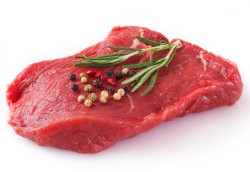 Beef contains a fairly large amount of proteins, as well as a number of vitamins and minerals (vitamin B12, zinc, selenium, iron, phosphorus).
Beef contains a fairly large amount of proteins, as well as a number of vitamins and minerals (vitamin B12, zinc, selenium, iron, phosphorus).
Beef fats are mainly represented by saturated and monounsaturated lipids, which, according to experts from Switzerland, do not have a detrimental effect on the body.
Such fats are even capable of reduce cholesterol concentration in the blood and prevent the development of a number of cardiovascular diseases.
Beef is often used to gain and maintain muscle mass, prevent and treat iron and B12 deficiency anemia, and Memory improvements , attention and thinking.
Any part of the cow's body is useful, the main thing is to cut off all layers of fat.
The main disadvantages include:
- Allergic reactions. Sensitization of the body to beef proteins is a common occurrence. Allergopathologies can have any character: from a simple papular rash to anaphylactic shock or Quincke's edema.
- Malignant tumors. There is evidence that red meats (especially fried in vegetable oil) they increase the likelihood of developing certain types of cancer. Most often these are: the large intestine, prostate in men, stomach and pancreas.
- Insulin resistance. The ability of beef to reduce the sensitivity of peripheral tissues to insulin has been proven, which creates prerequisites for the early development of type II diabetes mellitus.
- Helminthiasis . Meat, with inadequate heat treatment, can be infected with parasites: toxoplasma, trichinella, tapeworms.
5. Pork
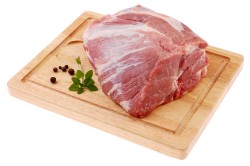 Pork contains
a large amount of proteins, vitamins B1 and B3, as well as sodium and phosphorus.
Pork contains
a large amount of proteins, vitamins B1 and B3, as well as sodium and phosphorus.
Pig meat has a beneficial effect on the condition of skeletal muscles, improves Sports performance.
Is celebrated a number of aesthetic effects – maintaining the smoothness and elasticity of the skin, preventing the formation of wrinkles.
Widely appreciated: carbonade, loin, neck and shoulder blades (the main thing is to remove layers of adipose tissue).
However, pork has a number of side effects:
- Allergic reactions. Occur with a frequency of 1:1000.
- Cardiovascular and oncological diseases. Studies show a direct link between the frequency of pork consumption (especially fried) and the risk of cancer and pathologies from the heart and blood vessels.
- Infection with helminthiasis and hepatitis E.
- Multiple sclerosis. The relationship between pork consumption and the risk of developing the disease was marked back in the 20th century.
The best cooking methods
 Not all methods of heat treatment of meat are useful and safe. The most preferred are:
Not all methods of heat treatment of meat are useful and safe. The most preferred are:
- Extinguishing;
- Steaming;
- Boiling;
- Baking in the oven.
The most undesirable option is fried meat, as well as cooked on open sources of fire (kebabs).
Direct exposure to high temperatures (especially in combination with vegetable oils) leads to the formation of a number of compounds that increase the likelihood of developing cardiovascular, endocrine and, most importantly, oncological diseases:
- Nitrosamines ( contribute development of oncopathologies);
- Heterocyclic amines (associated with cancer of the colon and rectum , pancreas , prostate for men);
- Glycation end products ( increase the likelihood of cardiovascular and endocrine diseases);
- Oxidized lipids (increase the risk of myocardial infarction and stroke).
In no case should you eat raw meat. In this case, the risk of infection with helminthiasis and viral hepatitis is too high. These diseases can be fatal in some cases.
Additionally, it should be noted that processed meats (sausages, sausages, bacon, canned food, ham) are no less dangerous to health. They should be limited in the diet or completely excluded.
Conclusion
- Thus, all these types of meat have positive health properties, contain a lot of proteins with essential amino acids, fats, vitamins and minerals.
- However, the most valuable species are rabbit meat and poultry meat.
- Regular consumption of all types of meat improves the functioning of the brain and thyroid gland, increases bone strength, maintains muscle mass and reduces fat.
- In order to reduce possible harm, frying and cooking over an open fire should be avoided.
